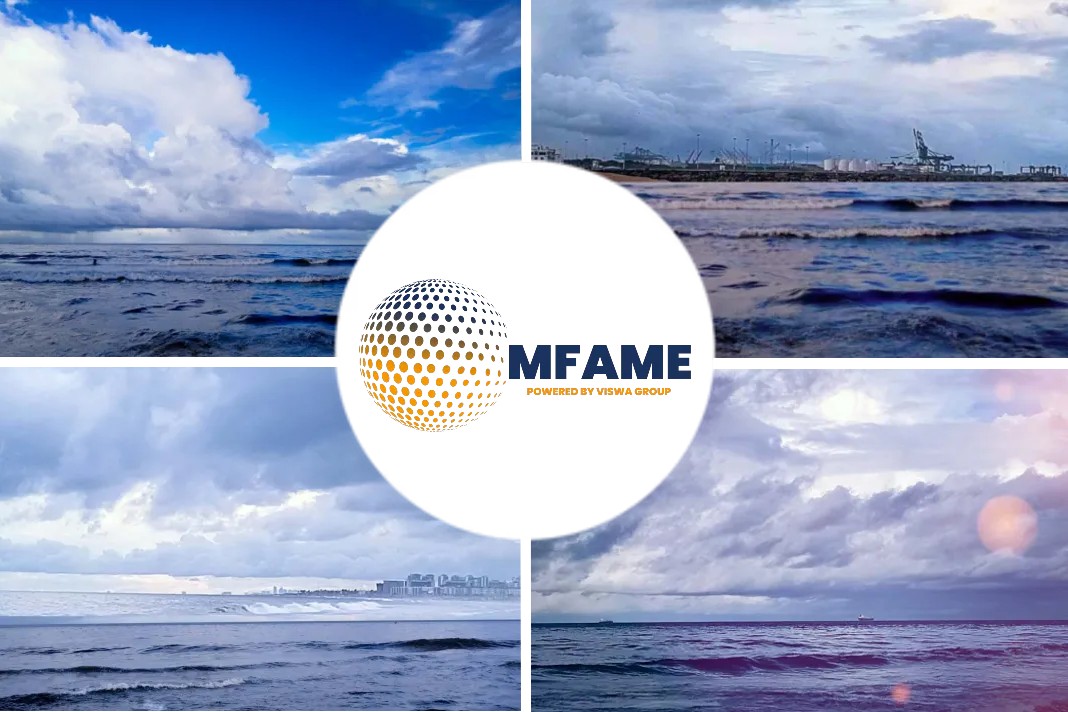- LNG liquefaction plant in Jacksonville, Florida, is supplying bunker fuel to the maritime industry and fuel for onshore rail and electric power.
- JAX LNG is capable of producing 120,000 gallons of LNG per day and has a storage capacity to hold about 2 m gallons of LNG, and can be expanded upto 4m gallons.
- The plant has contracted for firm transportation capacity of just under 15,000 Mcf/d, enough to supply 100% of its liquefaction capacity.
- Department of Transportation to put forward a rulemaking designed for easier transportation of LNG by rail line.
- Converting marine engines to run on natural gas happens to be the best long-term strategy for creating compliance with IMO 2020.
As Ocean-bourne vessels pursue compliance with the clean-fuel mandates of IMO 2020, a small-scale LNG liquefaction plant in Jacksonville, Florida, is supplying bunker fuel to the maritime industry and fuel for onshore rail and electric power, reports Platts.
JAX LNG production, supply and storage
JAX LNG happens to be a joint venture project of Pivotal LNG and NorthStar Midstream. According to a statement by the company, this is the first small-scale liquefaction facility in the US with both dockside and truck-loading capabilities, enabling it to supply LNG to both maritime and onshore markets.
The project went into operation last fall and completed its equipment installation recently. It is capable of producing 120,000 gallons of LNG per day and has a storage capacity to hold about 2 million gallons of LNG.
Additionally, the project can be expanded by adding two liquefaction trains and a second storage tank. The developers said that this would scale up the LNG production capacity to 600,000 gal/day and storage capacity up to 4 million gallons.
Expanding supply of US shale gas
JAX LNG is one of the steadily developing small-scale LNG projects being built in locations chiefly in Florida and along the East Coast.
This is built to take advantage of the expanding supply of US shale gas, which can be converted to LNG to serve a number of growing markets, including the maritime fuel industry and onshore rail, manufacturing and electric power industries.
The best long-term strategy
Tim Hermann, president of Pivotal LNG and manager of the JAX LNG plant located at Dames Point at Jaxport, said that IMO 2020 is definitely bringing about a change, which supports cleaner air by significantly decreasing sulfur emissions from marine vessels.
Herman also added that converting marine engines to run on natural gas happens to be the best long-term strategy for creating compliance with IMO 2020.
IMO 2020 to thwart global sulfur content
IMO 2020 regulations will come into effect in January and this will cap global sulfur content in marine fuels at 0.5%, below the current level of 3.5%.
At present, the facility sources its gas from the Peoples Gas distribution system in Jacksonville. Herman commented that they have invested in the upstream pipeline capacity in order to have a firm supply.
The plant has contracted for firm transportation capacity of just under 15,000 Mcf/d, enough to supply 100% of its liquefaction capacity.
Bunkering barges to provide fuel
JAX LNG can deliver LNG directly from its docks, for smaller vessels. According to Hermann, larger ocean-going vessels such as the Clean Jacksonville owned by TOTE Maritime Puerto Rico “prefer to be fueled on the water side by a bunkering barge.”
Hermann said that by employing bunkering barges, bunkering fuel can be provided to customers beyond Jacksonville, up and down the southeast coast of the US, and other ports.
LNG delivery through rail line?
The JAX LNG project site is close to existing rail line infrastructure, which can be extended to the site, which will initiate the rail deliveries, Hermann said.
An executive order was signed by President Donald Trump instructing the Department of Transportation to put forward a rulemaking designed to make it easier to transport LNG by rail line. DOT is expected to bring the regulations in period of almost a year.
Did you subscribe to our daily newsletter?
It’s Free! Click here to Subscribe!
Source: Platts



















